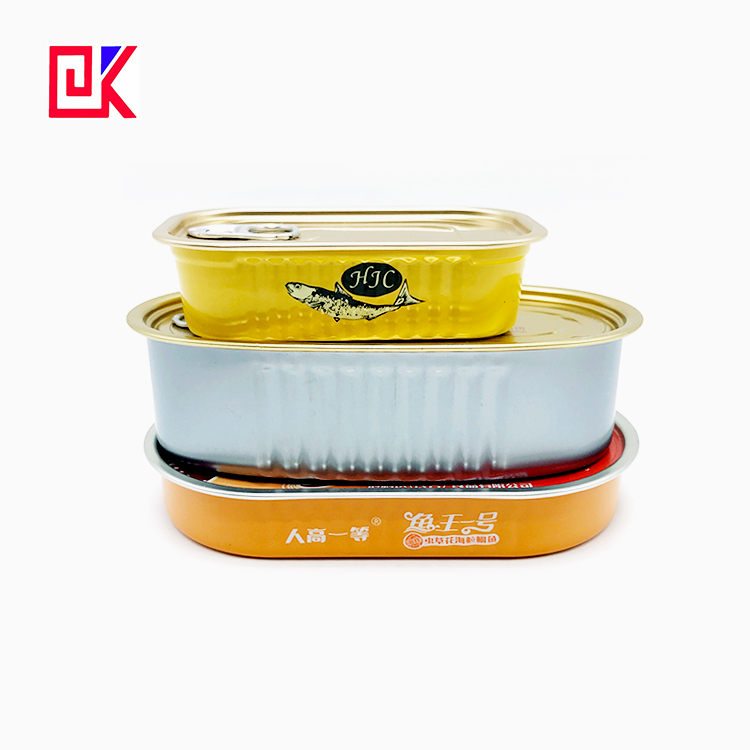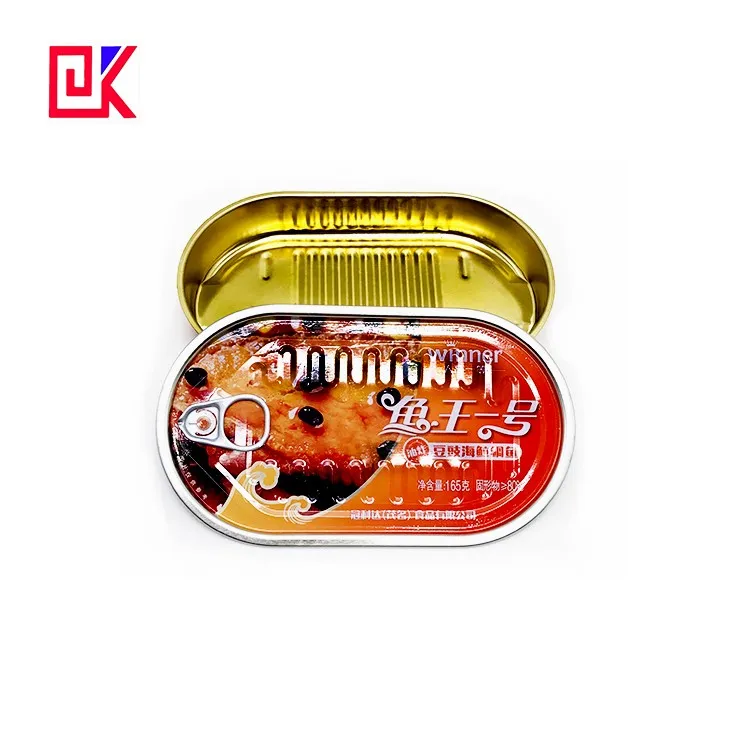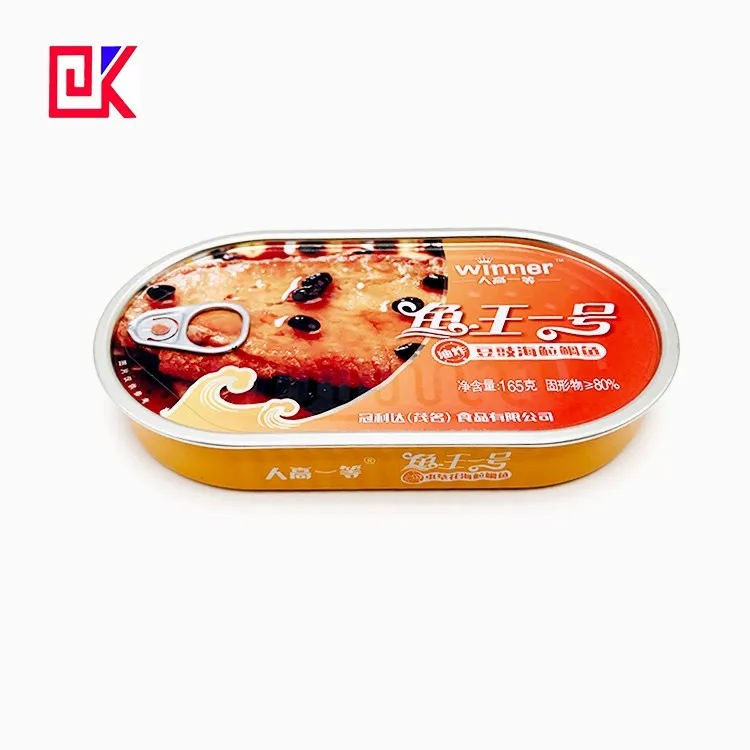Tinplate cans, due to their excellent anti-corrosion and mechanical properties, have become one of the important materials for food packaging. From canned beverages to infant formula milk powder, from canned vegetables to canned fruits, tinplate cans have been widely used for their good sealing, barrier and durability. However, with the improvement of people's awareness of food safety, some consumers have questions: Will food cans made of tinplate release heavy metals? Will these heavy metals have an impact on the human body?
This article will comprehensively analyze whether tinplate cans will release heavy metals from the aspects of the composition, structure, protective measures, detection methods and precautions when using tinplate cans, in order to answer consumers' concerns.

What is tinplate?
Before we delve into the issue of heavy metals, it is necessary to understand the basic composition of tinplate. Tinplate is a metal material with a layer of tin plated on the surface of steel. Its core part is steel plate, which has strong toughness and hardness, and can provide the necessary structural support and compression resistance for tinplate cans. The tin layer coated on the outer layer is the key, which can effectively prevent the internal steel part from contacting oxygen and moisture, thereby avoiding rust and corrosion. In addition, the tin layer can also provide certain barrier properties to prevent the ingredients in the food from reacting with the metal and ensure the safety of the food.
Modern food-grade tinplate cans mostly adopt a multi-coating structure, that is, a special protective coating is applied on top of the tin layer. This coating can further prevent the metal from directly contacting the food, reduce the possibility of heavy metal precipitation, and increase the wear resistance and corrosion resistance of the can body, making it more durable during transportation and storage.
What are heavy metals? What are their hazards?
Heavy metals refer to a class of metal elements that are dense and toxic under certain conditions, including lead, mercury, cadmium, chromium, nickel, etc. If these heavy metals are absorbed by the human body through water, food, air, etc., they may have adverse effects on health and even lead to chronic poisoning. Long-term intake of heavy metals will accumulate in the liver, kidneys, bones and other parts of the human body, affecting organ function and the immune system, which is particularly detrimental to the intellectual development of children and the health of pregnant women.
Therefore, consumers' concerns about heavy metals leaching out of tinplate cans and mixing into food are not redundant, but issues that need to be paid attention to and answered positively.

Will tinplate cans release heavy metals?
1. Safety of tin
Tin plated on the surface of tinplate is a relatively safe metal and is widely used in the food packaging industry. As a low-toxic metal, tin is stable and non-volatile at room temperature, and it is difficult to react chemically even when in contact with food. The main function of tin is to prevent the oxidation of the steel that contacts the inner wall with food, and the possibility of directly acting on the food itself is very low.
Many food safety standards stipulate the maximum residual amount of tin in food. According to studies by the World Health Organization (WHO) and the Food and Drug Administration (FDA), under normal conditions, the amount of tin ingested by the human body can be safely metabolized. Using treated tinplate cans on food packaging has a very low risk of tin migration.
2. Other heavy metal elements in steel
The steel in tinplate cans may contain trace amounts of chromium and nickel, especially these elements may be used during the production process to enhance the corrosion resistance and hardness of the steel. Unlike tin, these heavy metals pose a potential risk if they come into direct contact with food. However, in tinplate cans, the steel is isolated by the tin layer and coating, so food will not come into direct contact with these elements unless the can is severely damaged or the tin layer peels off. In addition, the production requirements of food-grade tinplate cans are very strict, and multiple layers of quality inspection are usually carried out to ensure that the steel part is not exposed inside the can.
3. Protection of the inner wall coating
Tinplate cans used for food packaging are not only protected by a tin layer, but also coated with a special coating on the inner wall. The coating is usually made of non-toxic resin materials, which can build a barrier between the steel, tin layer and food, further reducing the possibility of heavy metal release. The main components of this coating include epoxy resin, polyester resin, etc., which meet the standards for food contact materials and are widely used in canned packaging to ensure the safety of food in the can.
What are the testing standards and quality control of food-grade tinplate cans?
In order to ensure the safety of food packaging materials, international food safety standards and food safety regulatory authorities in various countries have formulated strict testing standards and quality control measures to control the heavy metal content of tinplate cans.
1. International standards and testing: The European Union, the United States, Japan and other countries have formulated corresponding food contact material standards, such as the European Union's EC 1935/2004 regulations and the US FDA's "Food Packaging Act", which strictly stipulate the migration limits of metal elements such as tin, chromium, and nickel in food. According to these standards, manufacturers must follow the corresponding heavy metal content control process in the design and production of tinplate cans, and conduct regular product testing to ensure that the migration of tin and other heavy metals meets safety standards.
2. Testing methods: When testing the heavy metal content of tinplate cans, laboratories usually use dissolution tests, that is, placing the can body in a simulated food environment, simulating the long-term contact between the can body and the food by heating, acid and alkali immersion, etc., and then measuring the metal element content in the food simulant to ensure that it meets the standard requirements. Commonly used detection techniques include atomic absorption spectroscopy (AAS) and inductively coupled plasma mass spectrometry (ICP-MS), which can accurately detect metal content, even at extremely low concentrations.

How to use tinplate food cans safely?
Although food-grade tinplate cans undergo strict quality control during production, consumers still need to pay attention to the following points during actual use to ensure safety:
1. Avoid storing acidic or high-salt foods
The contact between acidic foods (such as tomato products, juice, etc.) or high-salt foods (such as pickled foods) and metals may accelerate the corrosion of their surfaces, resulting in a weakening of the protective effect of the tin layer, and may even increase the risk of heavy metal migration. Therefore, it is generally recommended that consumers avoid storing high-acid or high-salt foods in tinplate cans for a long time, especially when the cans are opened.
2. Eat opened food in time
The tinplate cans after opening will be exposed to the air, and over time, the protective coating on their surface may be eroded by external moisture and oxygen. It is recommended that consumers eat the food inside as soon as possible after opening the can to avoid long-term storage.
3. Avoid heavy objects hitting and scratching the can body
The tin layer and coating of the can body play an important protective role in the safety of canned products. If the can is hit, dropped or scratched by sharp objects, the tin layer or coating may be damaged, increasing the possibility of heavy metals directly contacting food. In particular, tinplate cans used for food packaging, once damaged, it is recommended to stop using or transferring the contents to avoid increased risks.
As one of Guangdong's largest metal packaging manufacturers, DKtinplate excels in delivering high-quality tinplate printing, aerosol cans, and custom packaging components. Located in Foshan, our factory is equipped with advanced machinery, including FUJI printing lines and automated cutting production lines, enabling us to produce over 300 million units annually. We cater to businesses seeking affordable and high-quality packaging solutions, offering wholesale options, discounted prices, and customized designs. With ISO9001 certification and a focus on innovation, we ensure reliable supply for bulk purchasing. Partner with DKtinplate, the trusted supplier for premium metal packaging products from China.

